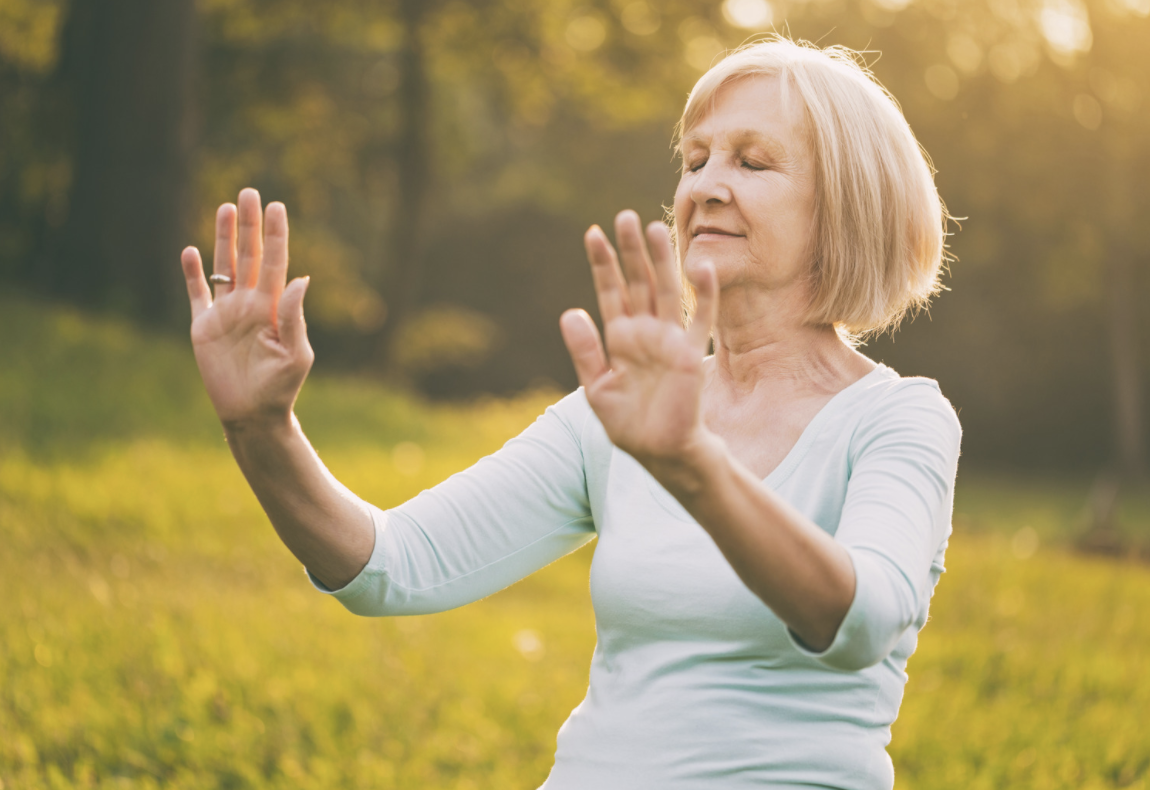

By agebuzz Guest Blogger Molly Roffman, Founder Of StepWISEnow Balance Fitness
Do you ever feel as though the onset of spring is a bit overwhelming? Does it seem like everyone else is eager to rush outdoors and enjoy the bright sunshine while you’re feeling like crawling back under the covers, maybe even feeling a little blue?
Turns out if you’re feeling this way, you’re not alone. The term “seasonal lethargy” has been used to describe the feelings many experience to varying degrees from mid-March through mid-April.
Seasonal lethargy is associated with a state of low energy similar to the symptoms of jet lag. It’s as if you’ve landed in springtime and you want to make the most of it, but your body is weary and still in hibernation mode.
There is no certain explanation for why people feel this way in spring but, according to researchers in medical climatology, it may be related to the body’s adjustment to increased daylight and temperature. As we adjust to longer, warmer days we experience changes in hormone levels and blood pressure which may leave us feeling tired, dizzy, and irritable — symptoms that can also increase our risk of falling.
Fortunately, like jet lag, springtime sleepiness is a temporary state, so recognizing the symptoms and nurturing ourselves through the seasonal change can make a big difference.
One way to self-nurture is through the practice of tai chi. According to the Journal of American Geriatric Society, light workouts for both body and brain may be best for getting a good night’s sleep. Tai chi has even been found to improve sleep quality in older adults with insomnia.
Many of the graceful tai chi sequences are associated with the rhythms of nature and her seasonal changes, so it’s a practice that’s well suited for nurturing the body through springtime sleepiness. In addition to improving the quality of sleep, tai chi has been found to calm the mind and improve readiness for sleep. Some have likened tai chi to a moving meditation. My students often tell me that they sleep better because of their tai chi practice.
There are many ways to incorporate tai chi into your day. The practice of tai chi doesn’t have to be complicated. It can be very basic and accessible: simply breathing softly into the belly and shifting your weight slowly and gradually from side-to-side.
Often people begin a tai chi program that is not well-suited to their needs and understandably, they become frustrated and stop. It’s important to find a practice that’s right for you so you don’t miss out on the many benefits.
Another simple movement I recommend is the backup singer sway — that wonderful side-to-side sway while humming your favorite song can achieve the same result!
If you think you may have springtime sleepiness, here are a few nurturing pillow-to-pillow suggestions:
For some of us, landing in springtime can be jarring and leave us feeling jet-lagged. A little self-care can go a long way. As always, it’s important to speak with your healthcare provider about your symptoms to be sure they aren’t related to other conditions that require medical attention. Speaking regularly to our healthcare providers is another very important way to care for ourselves!
As one of my students likes to say, self-compassion is resilience. Sleep well!
Molly Roffman, PT, MA, CEEAA is the founder and director of StepWISEnow Balance Fitness. She is a licensed New York State physical therapist specializing in fall prevention and balance training. Molly’s experience in the rehabilitation of patients who sustained fractures and other fall-related injuries inspired her to develop StepWISEnow.